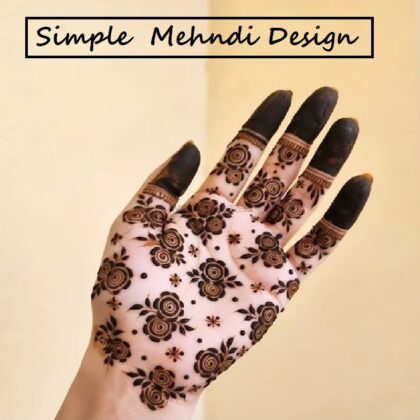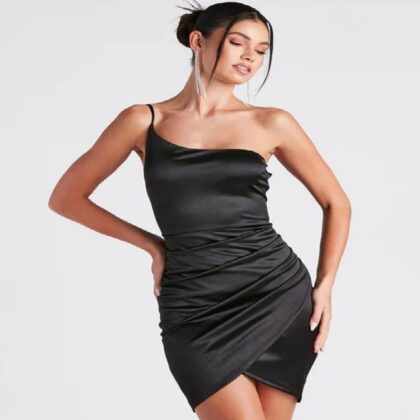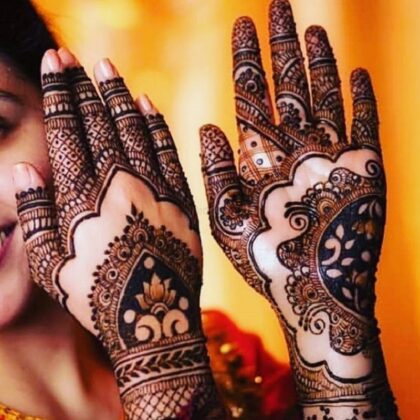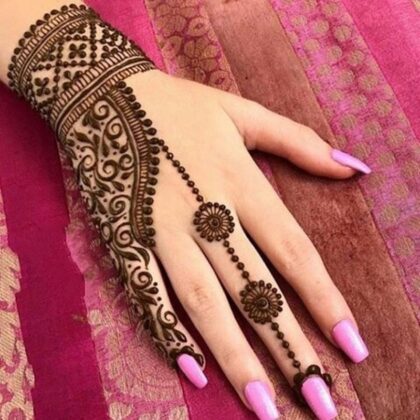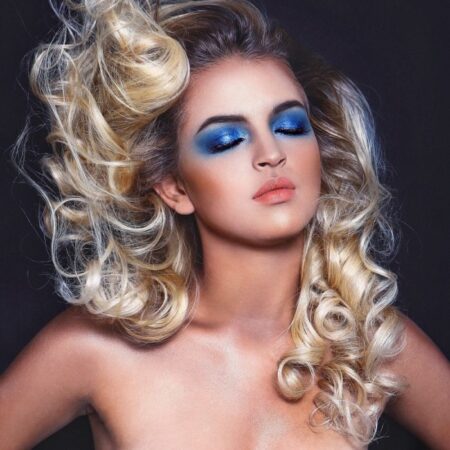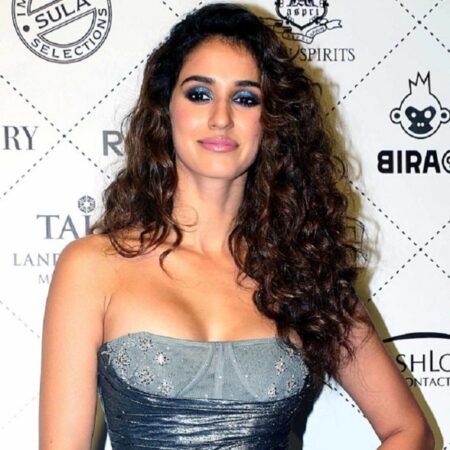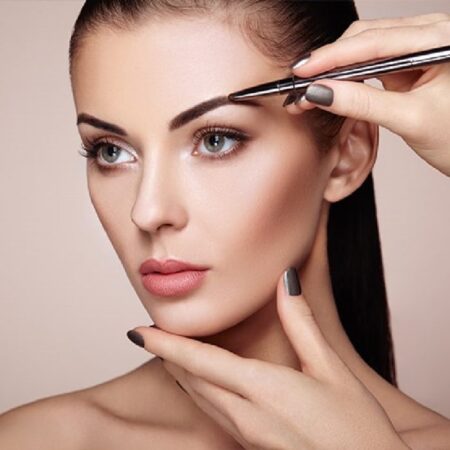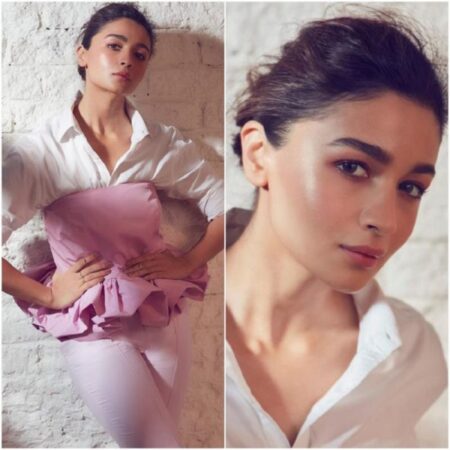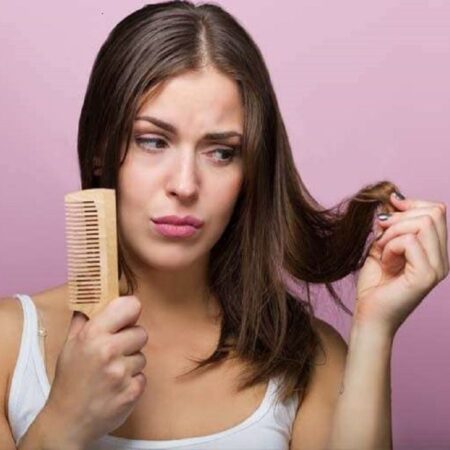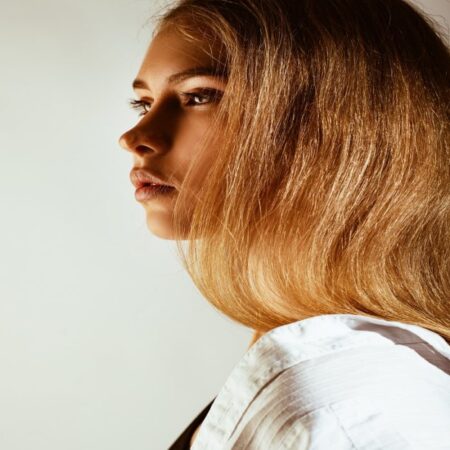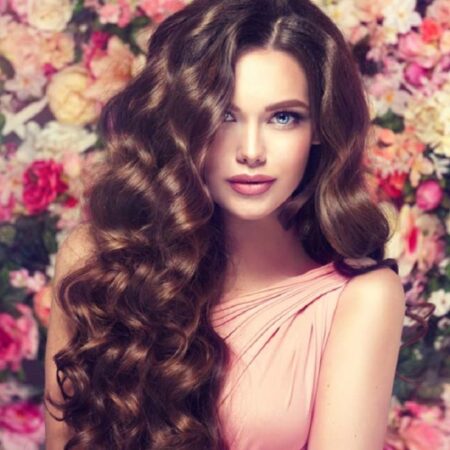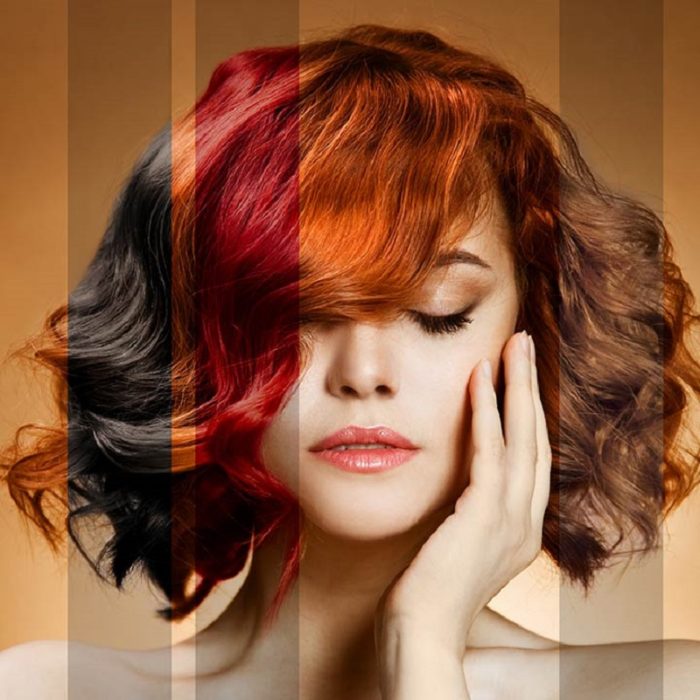
Our style is influenced by the media we consume. From Instagram models to celebrities, we are bombarded with celebrities sporting new types of hair colors, shades, tints, and styles. Experimenting with hair color to give you a complete makeover is a time-tested trend that works.
However, the catch here is this: The world of hair color is infinite, confusing, and ever-evolving. And, the process of hair coloring is not just about choosing the right shade. You also need to understand the components of various hair dyes available to ensure that you end up with a successful color job.
To make sure you avoid a hair color disaster, we have listed down the different types of hair dyes, why they are effective, and how they should be used. Let us get to it!
Table Of Contents
What Is Hair Dye?
Let us start with the very basics and understand what hair dye or color is. As the name suggests, hair dye uses chemicals such as p-phenylenediamine (PPD) to change the color of your hair. You can color your hair for a variety of reasons:
- Covering gray or white hair
- Wanting to get a fashionable makeover
- Restoring your original hair color if it was discolored during sun bleaching or other hair coloring processes
Note that hair colors typically differ on two accounts:
- How long they last
- How they color your hair
Now that you have a fair idea about why you want to color your hair, let us look at the different types of hair color.
Understanding The Different Types Of Hair Colors: A Complete Guide
1. Temporary Hair Dye
A. What Is It?
Temporary dyes are made of compounds with large-sized molecules. They help in changing your hair color instantly. You can use it if you wish to recolor regrowth, cover gray hair, or give yourself a temporary makeover.
B. How Effective Is It?
Since this type of hair dye is temporary in nature, it is good for getting short-term results.
C. How Does It Work?
The large-sized molecules of temporary dye do not allow the color to penetrate into the hair shaft. The color simply sits outside the hair shaft, close to the hair surface. In other words, this type of hair dye will not lighten, darken, or change the actual hair color in any way.
You can use these dyes to brighten your original hair shade or enhance your dyed hair. So, you will find a host of uncommon temporary colors (think: blue, pink, purple, green, gold, and so on). All in all, if you wish to highlight a few strands, you can use this temporary hair dye.
D. How Long Does It Last?
Since this type of hair color is less aggressive in nature, it can be washed out in just one wash. However, if you have low-quality porous hair, the dye may get absorbed deeper and stay on for a longer period of time.
2. Semi-Permanent Hair Dye
A. What Is It?
Semi-permanent dyes or direct dyes do not contain ammonia or hydrogen peroxide. These dyes are primarily of two types:
- Synthetic: These are pre-formed dyes that contain nitro amines or nitro benzenes.
- Natural: The most common form of semi-permanent natural hair dyes include henna and indigo, which are often used together to color hair naturally and organically.
B. How Effective Is It?
As this dye is gentler on the hair, it can cover only 30% of grays. Also, note that you can only darken the hair color with this type of hair dye. You cannot lighten it. All in all, if you have fragile and damaged hair, semi-permanent hair dye is for you.
C. How Does It Work?
This dye does not penetrate into the hair cortex. Instead, it gets deposited on the hair cuticles and acts as a sheer coating. If you simply wish to alter the tone of your hair, this dye is for you.
Semi-permanent hair dye does not contain PPD. Hence, it does not cause any allergic reactions. So if you have hypersensitive skin, you can use this hair dye.
D. How Long Does It Last?
The color will wash off completely in 4 to 12 washes, depending on your hair health and porosity.
3. Demi-Permanent Hair Dye
A. What Is It?
Demi-permanent dyes are chemically milder than permanent dyes as they do not contain ammonia and have only 2% of hydrogen peroxide (as opposed to 6% in permanent dyes).
B. How Effective Is It?
These dyes impart a more natural color to the hair shaft. So, the new hair growth from the roots looks more natural in color and not as contrasting as permanent hair color. Compared to permanent hair dye, this type of hair color washes off after a couple of washes.
C. How Does It Work?
Demi-permanent hair dye works on the cuticle and can penetrate into the hair shaft. However, it cannot bleach the hair pigment already present as the concentration of hydrogen peroxide is low. Plus, these dyes do not impart color as uniformly as permanent hair color but can enhance the natural color.
This type of hair dye is ideal if you have up to 50% grays. It can change the tone of your hair color and add shine to it. It cannot lift or lighten the pre-existing hair color. In other words, you should go for a similar or darker shade than your present hair color.
Since this hair dye is gentler, by extension, it is less damaging to the hair shaft. That said, you should do a patch test to reduce the chances of an allergic reaction. If you have damaged and fragile hair, you can use demi-permanent hair dye to cover grays.
D. How Long Does It Last?
Demi-permanent color lasts for up to 28 shampoo washes, depending on your hair’s health and porosity.
4. Permanent Hair Dye
A. What Is It?
Permanent hair dyes are hair dyes that do not get washed away. They generally contain four important components:
- Colorless dye precursors (like PPD)
- Oxidizing agents like hydrogen peroxide (in 6% concentration)
- Ammonia
- Couplers
B. How Effective Is It?
When it comes to efficacy, permanent dyes top the list, allowing for 100% gray coverage even on resistant grays. More importantly, they ensure that all your hair gets uniformly colored. So if you wish to lighten or darken your hair or completely change your hair color, go for permanent dye.
C. How Does It Work?
This type of hair dye makes use of oxidation to color the hair shaft. It involves a three-step process:
- The PPD molecules open the cuticles and penetrate into the hair shaft with the help of ammonia.
- Once the PPD components are inside the hair shaft, hydrogen peroxide (present in the dye) bleaches the hair’s natural color.
- Hydrogen peroxide oxidizes the PPD molecules to deposit new color and successfully apply the new hair color.
- Post this, the cuticle reseals and prevents the hair color from escaping.
Care should be taken when using permanent dyes as:
- Using dark shades can make your hair look unnatural or too dark.
- Sometimes, you may end up with a hair color that is lighter than your natural hair since it is bleached by hydrogen peroxide to allow the new color to take over.
- You may develop an allergic reaction to the dye. This is why doing a patch test before using it becomes essential.
To do a patch test:
- Apply the dye mix with a cotton swab on your elbow or forearm. Make sure that the area is clean.
- Let it dry.
- If you experience any discomfort such as redness, burning, or itching within 48 hours of application, it is an allergic reaction.
- If you do not experience any of the symptoms mentioned, you can use the dye on your scalp.
D. How Long Does It Last?
The biggest advantage of using permanent hair dye is that it does not get washed off. The color will last permanently. That said, you will need to go for a touch-up every 4 to 6 weeks as the new hair grows.
5. Gradual Hair Dye
A. What Is It?
Gradual hair dyes are basically an aqueous solution of metals.
B. How Effective Is It?
This hair dye needs constant re-application every few weeks. With each application, you’ll notice that the color gradually changes from gray to yellow-brown to burgundy.
C. How Does It Work?
When you apply gradual dye to your hair, it imparts a dark shade of the metal oxides or sulfides present in it.
These metallic hair dyes do not contain PPD. However, it is still a good idea to do a patch test before using them. If you plan on perming or straightening your hair, do not color your hair with these types of metallic dyes.
D. How Long Does It Last?
The color will easily fade off by shampooing. As a result, you will need to constantly apply it to get the desired results.
6. Ammonia-Free Hair Dye
A. What Is It?
Simply put, ammonia-free hair dye is a hair color that does not contain ammonia. However, these dyes may contain other alkalis similar to ammonia. Moreover, they may contain emollient oils and other ingredients to impart moisture and protein to your hair during the hair coloring process. Many people tend to choose this type of hair dye as ammonia can damage the hair and irritate the scalp (1).
B. How Effective Is It?
Ammonia is a common ingredient in most permanent and semi-permanent hair dyes as it is effective in helping the color penetrate the hair shaft. Hence, ammonia-free dyes will not be as effective as dyes that contain ammonia. In other words, they won’t cover 100% of your gray hair, especially if you have coarse hair. However, they are less damaging to the hair and gentler on the scalp.
C. How Does It Work?
Ammonia-free hair dyes can help you cover your grays and add shine and warmth to your natural color.
Ammonia-free hair dyes do not open up the cuticle of the hair. They only coat the outer layer of your hair strands, thereby providing short-term results. Thus, it is a good option for anyone who wants to cover their grays quickly.
D. How Long Does It Last?
Ammonia-free hair dye will gradually fade away each time you wash your hair.
7. Highlights
A. What Is It?
Highlights are basically partial coloring of specific hair strands, especially if you wish to make your hair color lighter.
B. How Effective Is It?
Highlights are extremely effective in lightening sections of your hair since it contains bleaching agents. The results are long-term, or at least until your roots start growing out.
C. How Does It Work?
Highlights are done by hand-painting. Basically, you color small sections of your hair. Then, you will need to wrap the hair sections in the foil or hand separate them in order to process the color.
If you want a natural-looking highlight effect, you should highlight the mid-section to the ends of your hair.
D. How Long Does It Last?
Your highlights will typically last up to two or three months, depending on your root growth.
Wrapping Up
The type of hair dye you choose ultimately depends on how healthy your hair is, whether you have grays, and why you are choosing to color your hair in the first place. For many, hair coloring is essential (for instance, to cover premature graying), whereas it may appeal to others if they want a complete makeover.
Whatever the case, you should always figure out which hair dye will best suit your hair and follow the coloring instructions carefully. So, do your research and speak to your hairstylist before you color your hair.

